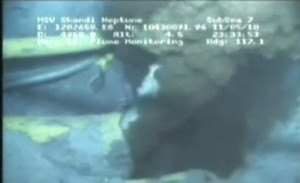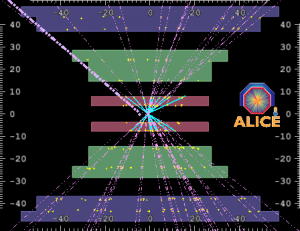One of the words I dislike most in my field – or more accurately, a common usage thereof – is “fundamental”. This is because it is usually used as a weapon, very often by people in my area of physics (largely concerned with particle physics, high energy physics, origins questions and so forth), to dismiss the work of others as somehow uninteresting or irrelevant.  I don’t like this. Never have. Not only is it often allied to a great deal of arrogance and misplaced swagger, it is often just plain short-sighted, since you never know where good ideas and techniques will come from. A glance at the history of physics shows just how much cross-pollination there is between fields in terms of ideas and techniques. You never know for sure where valuable insights into certain kinds of problems may come from.
I don’t like this. Never have. Not only is it often allied to a great deal of arrogance and misplaced swagger, it is often just plain short-sighted, since you never know where good ideas and techniques will come from. A glance at the history of physics shows just how much cross-pollination there is between fields in terms of ideas and techniques. You never know for sure where valuable insights into certain kinds of problems may come from.
Fundamental physics is a term I used to hear used a lot to refer to particle physics (also called high energy physics a lot more these days). This was especially true some years back when I was an undergraduate in the UK, and it persisted in graduate school too, and is still in use today, although I think it is declining a bit in favour of less loaded terms. Somehow, a lot of particle physics is regarded as being all about the “what is everything made of at the very smallest scales” sort of question, first discussing atoms, and then atoms being made of electrons surrounding a nucleus, and the nucleus being made of protons and neutrons, and those in turn being made of quarks, and so on, in this was arriving at a list of “fundamental” particles. There’s the parallel discussion about the “fundamental” forces (e.g., electromagnetism and the nuclear forces) being described in terms of exchanges of particles like photons, gluons, and W and Z particles and so forth. There’s no real harm in the use of the term fundamental in this context, but this is about where the word gets elevated beyond its usefulness and starts becoming a hurdle to progress, and then a barrier.  Somehow, “fundamental”, meaning “building block” gets turned, oddly, into “most important”. The issue of what the smallest building blocks are gets elevated to the most important quest, when it is in reality only a component of the story. It is rather like saying that the most important things about the Taj Mahal are the beautiful stones, tiles, and other components from which it is constructed.
Somehow, “fundamental”, meaning “building block” gets turned, oddly, into “most important”. The issue of what the smallest building blocks are gets elevated to the most important quest, when it is in reality only a component of the story. It is rather like saying that the most important things about the Taj Mahal are the beautiful stones, tiles, and other components from which it is constructed.
Perspectives have evolved a bit since my salad days, with the rise of wider […] Click to continue reading this post →



 I just realized something. Now we do have a runaway black hole! But it was created by naughty engineers, tampering with the murky depths of Nature and awakening a monster they cannot control. That
I just realized something. Now we do have a runaway black hole! But it was created by naughty engineers, tampering with the murky depths of Nature and awakening a monster they cannot control. That 
























